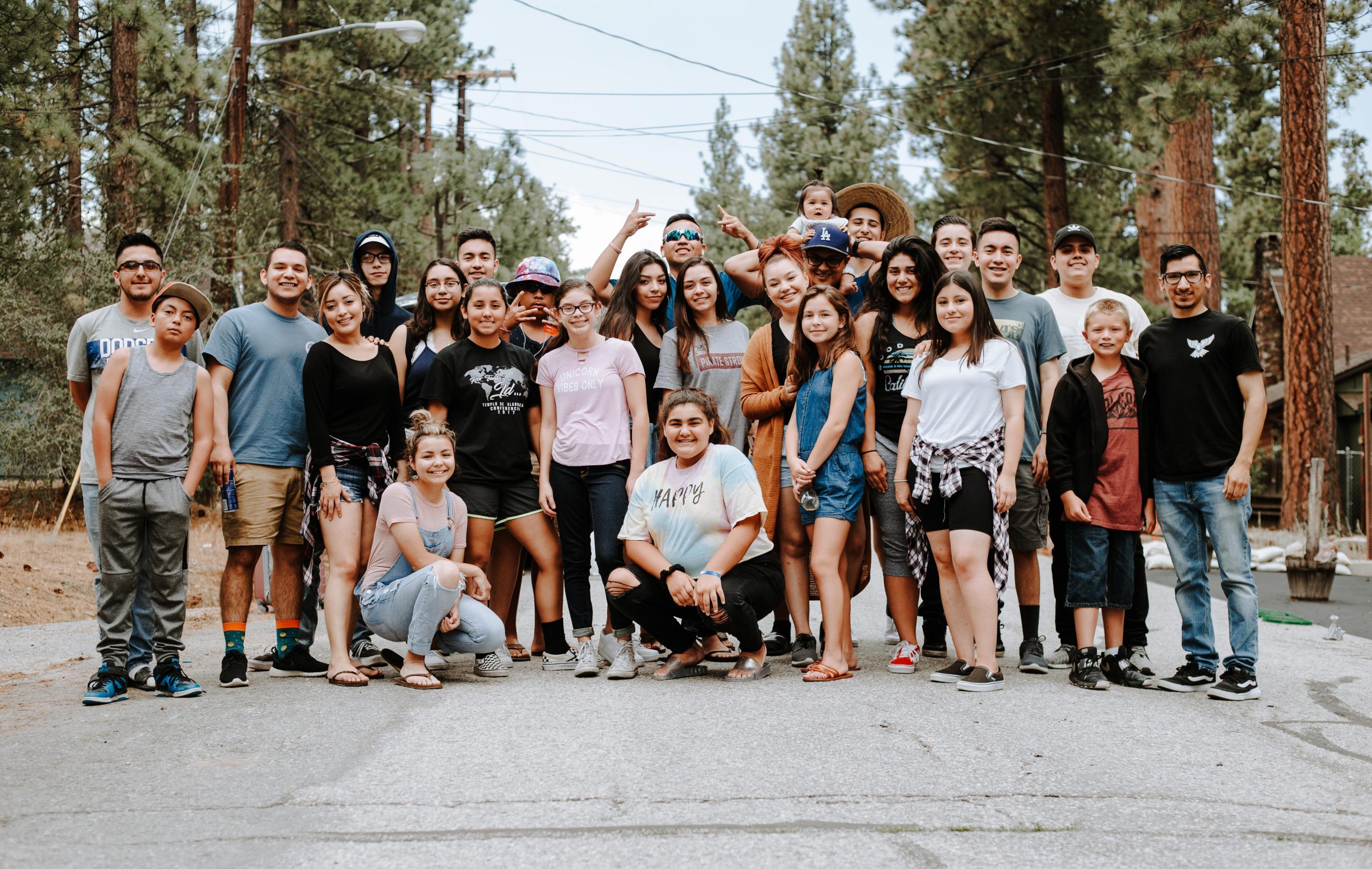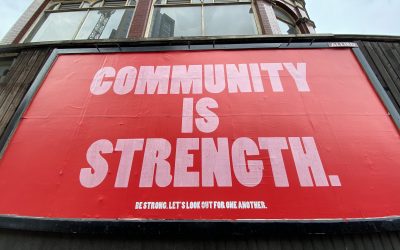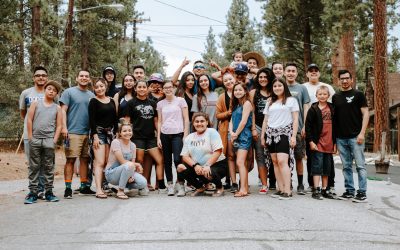Recently I have been taking my new talk around various conferences. Entitled *Standing On The Shoulders Of Giants: The Coming Of The Linux Desktop*, it discusses the different elements involved in desktop success and us achieving the so called *year of the Linux desktop*. At one point in the presentation I talk about how it is tempting to consider the Open Source community as a great example of community in action. Although we are without a shadow of a doubt a successful, impactive community, we are by no means *typical*.
Most community is *consumer* orientated – it is a collection of people united by an interest, a band, a book, a movie or something else. Take Trekkies (Star Trek fans) for example – they are a group of people who feel like they belong in an environment that has a primary unifying connection. This connection is clearly Star Trek, and possibly putting brown Play-Doh on your forehead and wearing over-sized shoulder pads. The Open Source community is different. We are not consumers, but *creators*. Our community actually builds things that the rest of the community uses, and this brings in a whole raft of complex interactions that would keep boffins at MIT amused for years. This kind of community is a web of modelling elements – just take each volunteer and their set of needs, requirements, concerns and opportunities, and then put hundreds of thousands of them in the same communication medium and all of the group interaction theory that applies, and then factor in project management issues of getting people on the same page to achieve a consistent outcome – it is a huge bag of variables, interactions and nuances in not just how people work together but how they achieve things. It is temping to be seduced into thinking that our hugely successful community, which is changing the shape of IT is typical; it is successful, but by no means *typical*.
A few months back I started my new [Severed Fifth](https://www.severedfifth.com/) free culture project, and one of the core aims of the project is to build a Street Team community around the project that can go out and help communicate the ideals, values and aims of the project and free culture. At first I thought it was going to be a relatively cut-and-shut community building task – get people excited about the project, document what needs to be done, provide some materials and direction, and build some buzz. Interestingly though, this community is architecturally unusual. Here we are blurring the lines further between the Trekkies and the Open Source brigade. In this particular community the volunteers are not so much primary creators (they are not producing the music), but they are not purely consumers. The Severed Fifth Street Team is instead an unusual blend of the two – people in the project are creating materials that are designed for the purpose of the Street Team – to go out and make it easier to communicate the project. Take James Tait as an example – he wanted to produce a flyer that could be used t o put up in his local music shops, skate parks etc, and thus Cory K contributed and made a flyer which we now have on the [Street Team Materials Page](https://www.severedfifth.com/streetteam/materials.php). This is a new and different kind of community for me – it is a different blend.
But, this is all part and parcel of why Severed Fifth excites me. It is not just about recording some music and trying to see how far I can take it with the free culture approach, it is also about learning all of these different nuances in how an artist needs to build buzz, awareness and growth around his or her project. I would love to hear your thoughts on how to build the best possible Street Team community.








